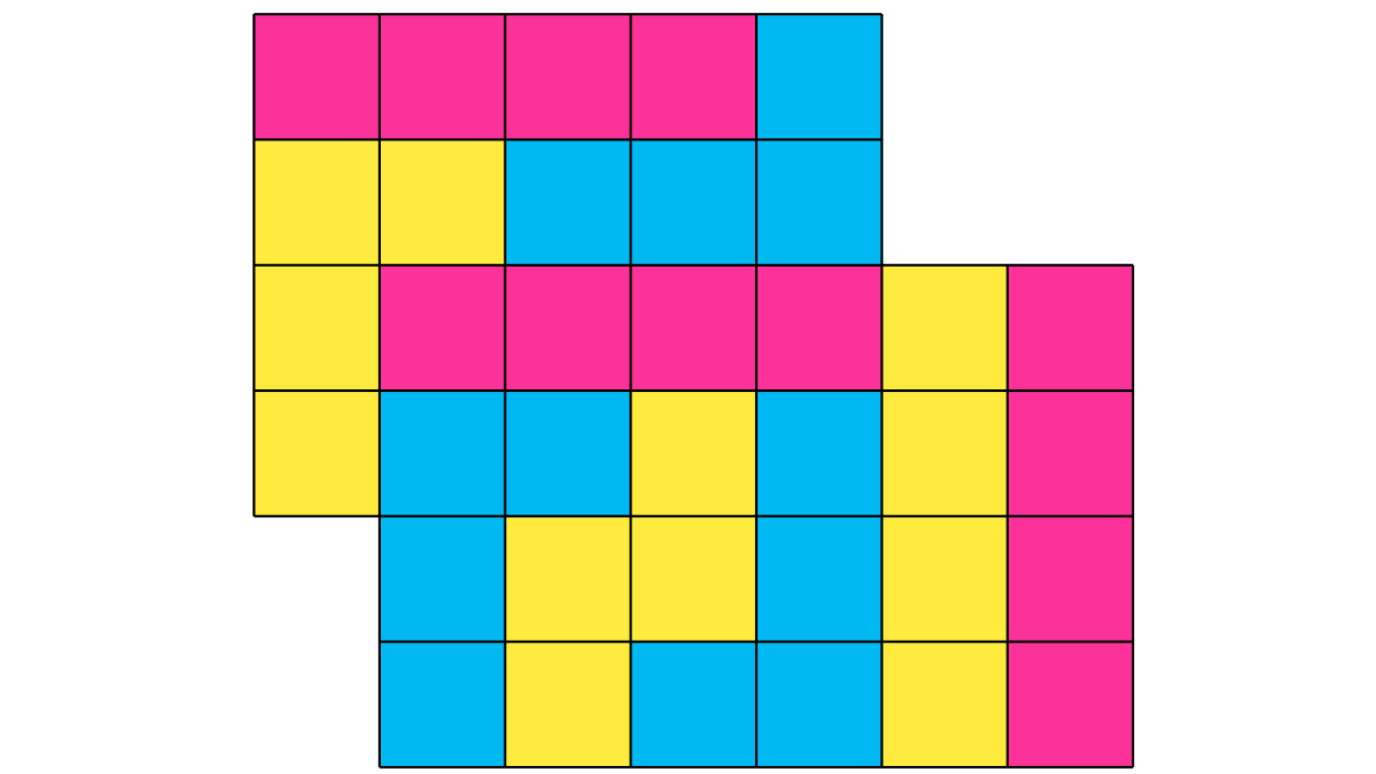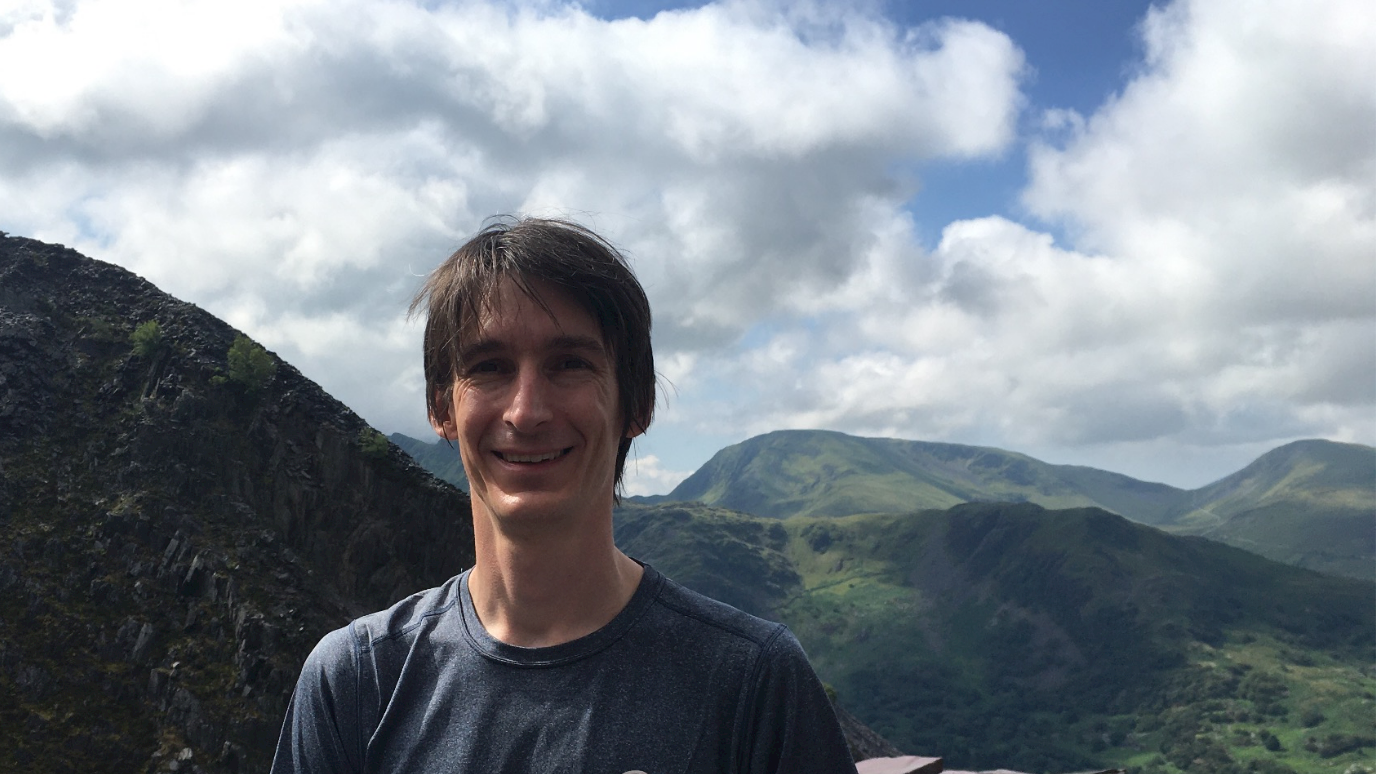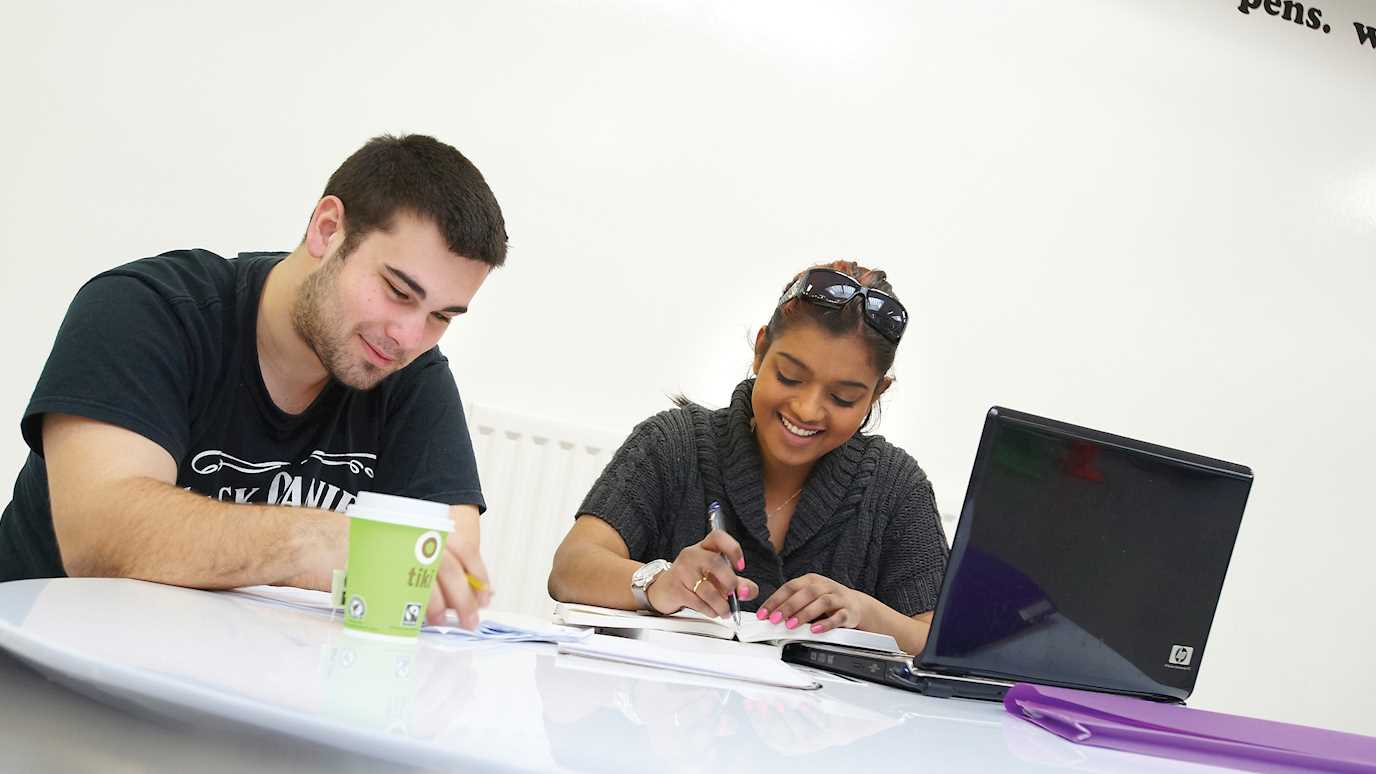Alexey A. Koloydenko and Ioan Notingher (School of Physics & Astronomy, University of Nottingham) have been awarded a grant from the Engineering and Physical Sciences Research Council to carry out `Statistical analysis and modelling of bi-modal autofluorescence-Raman imaging for efficient diagnosis and treatment of biological tissues'.
Their project aims to further advance their already successful, patented methology to automate diagnosis and treatment of skin cancer (in particular basal cell carcinoma) by applying statistical and machine learning to data obtained from biological tissues via two imaging techniques – autoflourescence imaging and Raman apectroscopy. Unlike ‘scalar’ imaging modalities, Raman spectral imaging outputs a spectral function at each location, which needs to be carefully processed and analysed to extract a useful signal, such as presence or absence of a cancer DNA. Raman spectroscopy uses a laser beam to probe the material under investigation, which requires time to integrate the response of probed molecules. Since the total time required to probe each location in a typical tissue sample may be prohibitively long, the developed bi-modal methodology first uses a faster and `cheaper’ imaging modality, called `autofluorescence’ (AF), to guide the laser beam to probe only those sites that are deemed likely to be cancerous. The time saving is crucial for applying this approach in surgical theatres to diagnose and treat skin and other cancers This method has been embedded in a prototype device and trialed in a hospital.
Statistical analysis and modelling has been used in every aspect of this methodology, ranging from processing the AF image to determine locations to probe with Raman spectroscopy, to development of statistical and machine learning algorithms to aggregate multiple spectral features for establishing the final diagnosis. While the current method has already shown a sufficiently high probability of detecting skin cancer, there is a need for reducing the probability of false alarms without extending the imaging time, before the device could be widely used by hospitals. This project aims to transform the methodology to a widely accepted medical application by finding and incorporating relevant spatial and morphological information in the statistical and machine learning algorithm.This project is also supported by Jüri Lember and Kristi Kuljus, Alexey A. Koloydenko's international collaborators from the Institute of Mathematics and Statistics, University of Tartu, Estonia.
























